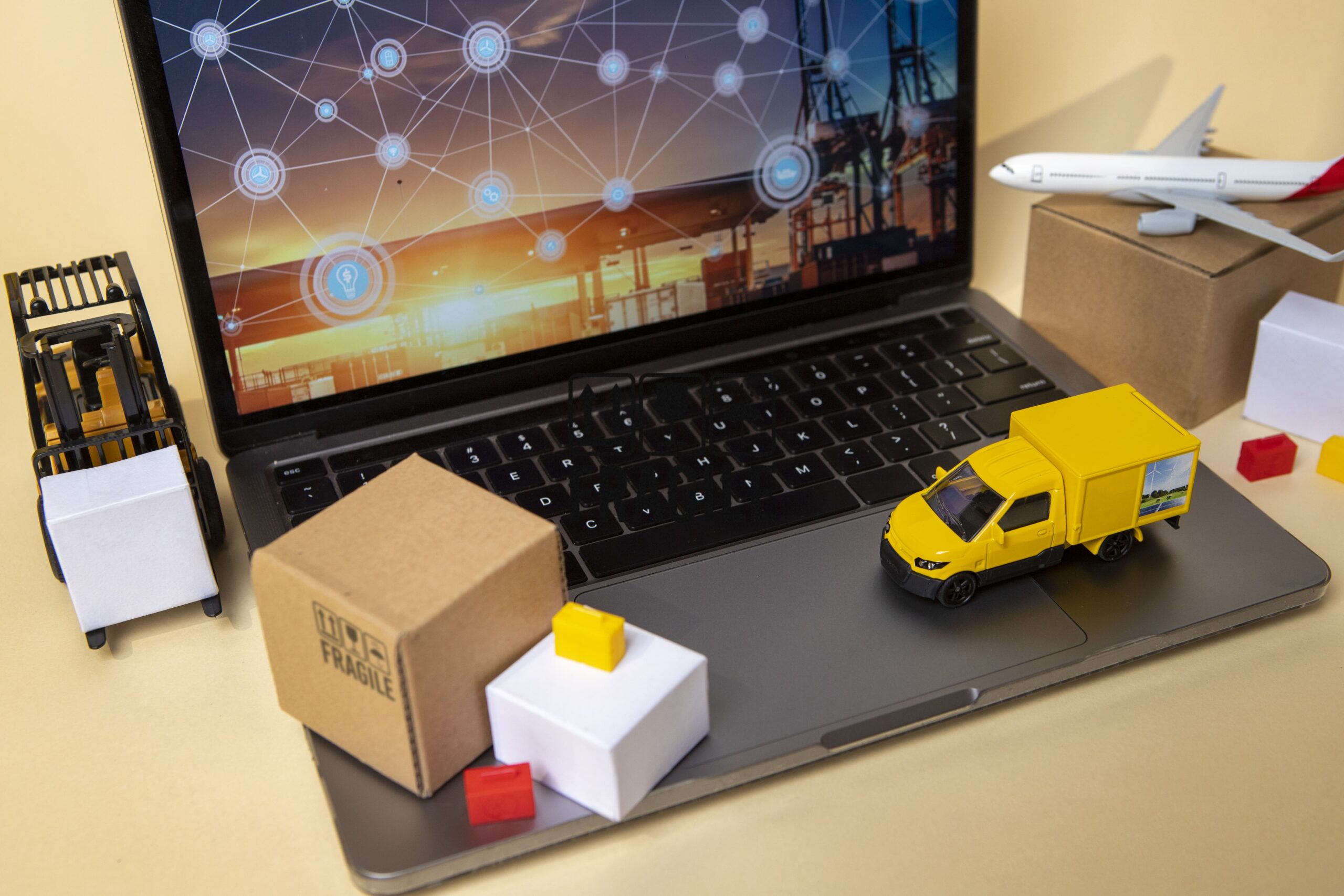Starting a dropshipping business in India in 2025 is an excellent opportunity for aspiring entrepreneurs looking to enter the eCommerce space with minimal investment. In this business model, you act as the middleman between the customer and the supplier — meaning you don’t need to hold any physical inventory. Once a customer places an order through your online store, the supplier directly ships the product to them. This makes dropshipping a low-risk, scalable option for beginners who want to launch an online business. Thanks to the growing internet penetration, mobile usage, and online shopping culture in India, the dropshipping market is rapidly expanding. With the right niche selection, trusted suppliers, and effective digital marketing strategies, you can build a profitable online store. In this guide, we’ll walk you through the step-by-step process of how to start a dropshipping business in India in 2025, covering everything from legal requirements to choosing the right platform.
Steps to Start a Successful Dropshipping Business in India (2025)
1. Research and Choose a Profitable Niche
Choosing the right niche is the foundation of a successful dropshipping business. A niche is a specific category of products that targets a particular audience. In 2025, focus on trending and evergreen niches like fitness, skincare, pet products, tech gadgets, or eco-friendly items. Use tools like Google Trends, Amazon Best Sellers, and social media platforms to identify high-demand products with low competition. The right niche ensures long-term growth and reduces the chances of market saturation.
2. Find Reliable Dropshipping Suppliers
Once you’ve selected a niche, the next step is to find trustworthy suppliers who can fulfill orders promptly and provide quality products. Platforms like AliExpress, IndiaMART, GlowRoad, and DropHippo are popular among Indian dropshippers. Before finalizing a supplier, always check product reviews, delivery timelines, and return policies. Establish clear communication to ensure transparency and customer satisfaction. Choosing a local supplier can also help reduce shipping times and improve buyer trust.
3. Register Your Business and Meet Legal Requirements
While dropshipping can be started informally, it’s recommended to register your business officially in India. You can register as a sole proprietorship, partnership, or private limited company, depending on your scale. Also, apply for a GST number, which is essential for invoicing and taxation purposes. Having a registered business adds credibility to your brand and ensures smooth payment gateway integration. Don’t ignore this step—it helps avoid legal complications in the long run.
4. Create an eCommerce Website or Online Store
To sell your products, you’ll need a user-friendly and responsive online store. You can create a dropshipping website using platforms like Shopify, WooCommerce (WordPress), or Dukaan. Choose a professional theme, add clear product descriptions, high-quality images, and seamless navigation. Also, ensure your store has integrated payment gateways like Razorpay or PayU. A good website builds trust, improves customer experience, and directly impacts your sales conversions.
5. Market Your Store Using Digital Marketing Strategies
Even the best store won’t generate sales without effective promotion. Invest in digital marketing strategies like Search Engine Optimization (SEO), social media marketing, Google Ads, and influencer collaborations. Create engaging content, run paid ad campaigns, and use retargeting to attract potential buyers. Platforms like Instagram and Facebook are especially powerful for showcasing dropshipping products. Analyze your traffic and sales data regularly to optimize your campaigns and scale your business efficiently.
Conclusion
Starting a dropshipping business in India in 2025 offers a low-risk, high-reward opportunity for aspiring entrepreneurs. With minimal upfront investment and no need to manage inventory, anyone can launch an online store from the comfort of their home. By selecting the right niche, partnering with reliable suppliers, fulfilling legal requirements, building a professional website, and promoting it through smart digital marketing, you can build a sustainable and profitable business. As the Indian eCommerce landscape continues to grow, dropshipping remains one of the most accessible ways to enter the digital marketplace and achieve long-term financial independence. Start today!
FAQs
1. Is dropshipping legal in India in 2025?
Yes, dropshipping is completely legal in India in 2025 as long as you follow business regulations, pay applicable taxes, and comply with GST laws. Registering your business and working with legitimate suppliers ensures smooth operations and builds customer trust.
2. How much investment is needed to start a dropshipping business in India?
You can start a dropshipping business in India with as little as ₹10,000 to ₹30,000. This includes domain and hosting, basic website setup, and initial marketing costs. Since there’s no inventory to maintain, the overall risk is low.
3. Which platform is best for dropshipping in India?
Popular platforms like Shopify, WooCommerce, and Dukaan are ideal for starting a dropshipping store in India. They offer user-friendly interfaces, integrations with Indian payment gateways, and support for automation tools that streamline order fulfillment.
4. How do I find reliable suppliers for dropshipping in India?
You can find trusted dropshipping suppliers in India through platforms like IndiaMART, GlowRoad, DropHippo, and Meesho. Always verify their delivery timelines, product quality, return policies, and communication before partnering to avoid customer complaints.
5. Can I run a dropshipping business in India without GST registration?
Technically, you can start, but it’s strongly recommended to obtain a GST registration if you want to scale your business, issue invoices, or use payment gateways. GST compliance helps build credibility and avoid future legal or tax issues.
